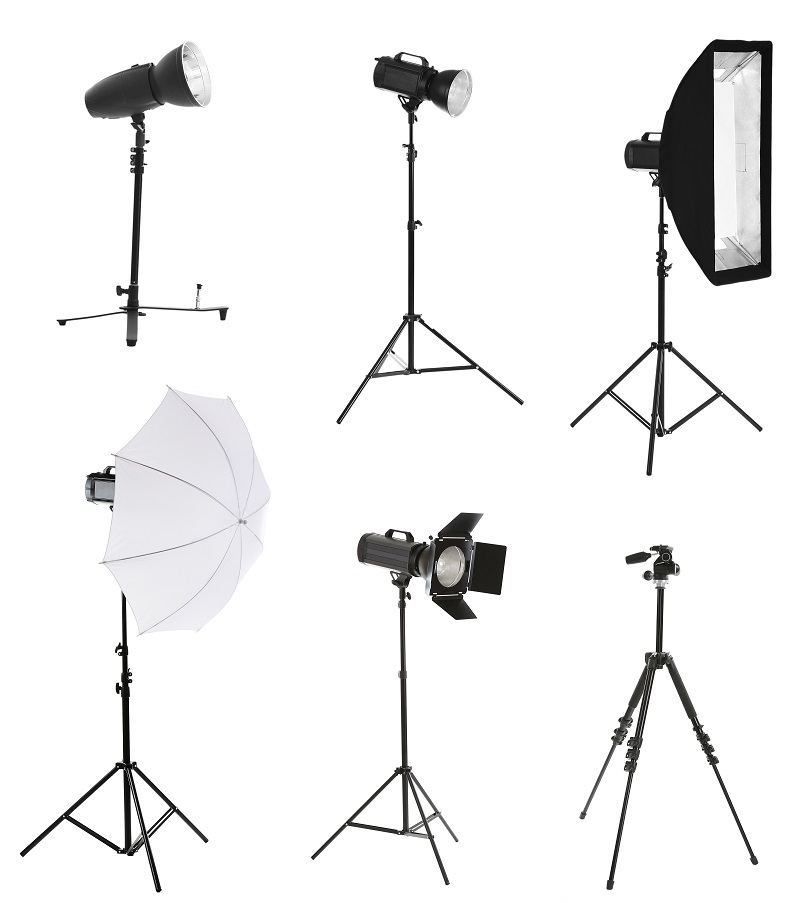
The first time you pick up a camera, it’s pure magic. You look through the lens, press a button, and boom—you’ve frozen a moment forever. But then you realize: wait... how do I make this look like it does in my head?
Cue the deep dive into photography equipment.
If you've ever ended up with ten open tabs comparing tripods or Googled “why is my lighting so weird?” at 1 a.m., you know this rabbit hole well. And honestly? You’re not alone. For over a hundred years, photographers have been geeking out over gear—tweaking, inventing, and upgrading their way to sharper shots and better light.
From bulky box cameras to mirrorless marvels, from natural sunlight to studio strobes, we’ve come a long way, baby.
So let’s take a walk down memory lane—with a side trip into the latest trends—and explore the wild, creative, and occasionally chaotic journey of photography equipments over the past century.
Spoiler: it’s not just about the camera. It’s about the evolution of tools that turned photos into art.
It all started with gear that looked more like furniture than tech.
Early cameras in the 1920s? Massive wooden boxes on tripods. They used glass plates, took forever to set up, and had exposure times that tested everyone’s patience (and bladder).
Still, those pioneers set the groundwork here. Cameras got smaller, faster, and more sensible for daily usage as movie rolled into town and 35mm became the trendy new thing.
Now let me introduce Kodak, Leica, and finally the venerable Nikon and Canon SLRs. Suddenly, lab coat-wearing professionals were not the only ones using photography. It was for families, tourists, and budding artists catching life as it transpired.
And so the age of personal storytelling started—with some modest assistance from some very revolutionary professional photographic tools.
Here’s the deal: gear won’t make you a great photographer. But having the right tools for your vision? That’s where the magic happens.
Let’s get into the key categories of photography equipment that have evolved (and totally shaped the art form).
From box cameras to DSLRs to today’s featherlight mirrorless wonders, the evolution of the camera body has been wild.
And let’s not forget smartphones. Yep, that thing in your pocket? It’s part of the photography equipment evolution too.
Photographers will fight over favorite lenses, and honestly? Fair.
Lenses are what turn your vision into reality. Over time, they’ve gone from clunky manual focus tools to buttery smooth autofocus beasts.
If you’ve ever said, “this photo just feels different,” chances are the lens was doing some serious heavy lifting.

Raise your hand if you’ve tried balancing your camera on a stack of books.
At some point, we all realize we need stabilization. And over the years, photography studio equipment like tripods, monopods, and gimbals have stepped in to save the day (and the shot).
Today’s gear? Light, adjustable, and even smart. Some tripods have built-in levels and Bluetooth triggers. Gimbals now auto-balance and track faces. It’s a far cry from the metal monsters of decades past.
You could have the fanciest camera in the world, but if your lighting’s off? The photo’s gonna feel flat.
That’s why photography lighting equipment has seen major glow-ups (pun intended).
Back in the day, sunlight was the main source. Think golden hour portraits and window-lit still life. Gorgeous? Yes. Predictable? Nope.
Then came reflectors, flash bulbs, and strobes. Photographers finally had control—no more waiting for clouds to cooperate.
Modern photography lighting equipment is customizable, color-corrected, and even app-controlled. Your great-grandpa’s flashbulb would be shook.
Read More: 2025 Guide: Organizing Photos & Videos for Business Events
You know the moment. You walk into a photo studio, and it just feels like something creative is about to happen. That’s not by accident.
Over the years, photography studio equipment has grown from simple backdrops and one light to full-blown creative playgrounds.
What’s in a modern studio?
The studio is where professional photography equipment comes alive—and where photographers get to nerd out, experiment, and make literal magic.
Let’s take a sec to appreciate the innovations that flipped the photography world on its head.
Photography has always evolved with tech—but in the last 20 years? It’s gone full sci-fi.
Let’s not ignore the elephant in the (well-lit) room.
Instagram, TikTok, and YouTube changed the game. Suddenly, everyone wanted crisp portraits, dreamy lighting, and behind-the-scenes content. And guess what?
Photography equipment adapted.
Whether you're a pro shooting magazine covers or a creator unboxing skincare, the gear’s got your back.
Everyone’s kit is different, but the modern essentials often include:
Bonus? A snack. Because low blood sugar is the enemy of creative genius.
Read More: How to Start a Photography Business on a Budget in 2025
Let’s get something straight: you don’t need the fanciest setup to take a good photo.
Some of the most iconic images in history were taken on basic equipment. But here’s the twist: understanding your photography equipment—and how to use it well—amplifies your creativity.
Whether you’re rocking a smartphone or a studio stacked with lights, the gear exists to serve your vision. To help you chase light, tell stories, and frame the world through your unique lens.
So yeah. Go ahead and geek out over that new softbox. Test every setting. Watch 47 YouTube reviews before buying your next lens.
Because the gear? It’s part of the journey. And what a beautiful journey it is.
This content was created by AI